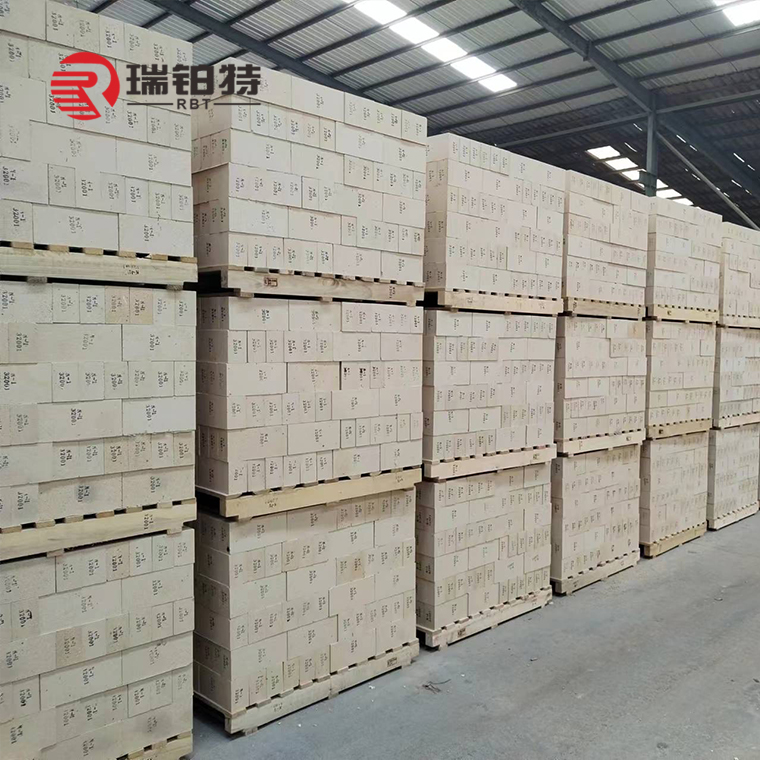Ordinary refractory bricks: If you only consider the price, you may choose cheaper ordinary refractory bricks, such as clay bricks. This brick is cheap. A brick only costs about $0.5~0.7/block. It has a wide range of uses. However, is it suitable for use? As for the requirements, if it is not met, it may cause frequent maintenance due to wear and tear, and it may not be able to be used normally. Repeated maintenance may lead to early overhaul and even damage to the equipment, which is not worth the gain.
Clay bricks are weakly acidic materials, with a body density of about 2.15g/cm3 and an alumina content of ≤45%. Although the refractoriness is as high as 1670-1750C, it is mainly used in the high temperature range of 1400C. This product can only be used in compliance with the requirements. Temperature, some unimportant parts, the normal temperature compressive strength of clay bricks is not high, only 15-30MPa, these are related to product indicators, which is also the reason why clay bricks are cheap.
High alumina refractory bricks: High alumina bricks have four grades based on alumina. Because the aluminum content of the raw materials is higher than that of clay bricks, the name high alumina bricks comes from this. According to the grade, this product can be used in the high temperature range of 1420 to 1550°C. When used, it can be exposed to flames. The normal temperature compressive strength is as high as 50-80MPa. When exposed to flames, the surface temperature cannot be higher than the operating temperature. This is mainly affected by the density of the product and the alumina content.
Mullite bricks: Mullite refractory bricks have high refractoriness and high operating temperature. They are available in heavy and light types. Heavy mullite bricks include fused mullite bricks and sintered mullite bricks. The product’s Thermal shock resistance is good; lightweight products have good thermal insulation effect. The lightweight products are: JM23, JM25, JM26, JM27, JM28, JM30, JM32. The lightweight mullite series products can be exposed to flames, and the pores are evenly distributed According to the specific gravity and raw material content of the product, JM23 can be used below 1260 degrees, JM26 below 1350 degrees, and JM30 can be used in the high temperature range of 1650 degrees. This is also the reason why mullite bricks are expensive.
Corundum brick: Corundum brick is a high-grade refractory brick with an alumina content of more than 90%. This product also has sintered and fused products. According to the raw materials, the products include: fused zirconium corundum brick (AZS, fused cast brick), chromium corundum brick, etc. The normal temperature compressive strength is greater than 100MPa and can be used for a long time in a high temperature environment of 1,700 degrees. The price of this refractory brick varies from several thousand to tens of thousands of yuan per ton due to factors such as the production process and raw material content.
Alumina hollow ball bricks: Alumina hollow ball bricks are relatively expensive lightweight insulation bricks, costing up to about RMB 10,000 per ton. Due to different use environments and production processes, including alumina content, etc., the price of the product should be high. , as the saying goes, value for money.
The above is an introduction to the density, high temperature resistance and price of refractory bricks. Generally, the volume density of refractory materials is measured before leaving the factory. Volume density: indicates the ratio of the mass of the dry product to its total volume, expressed in g/cm3.


Post time: Jan-26-2024







